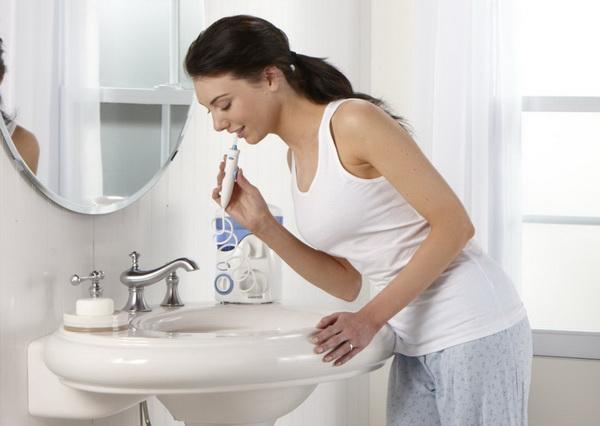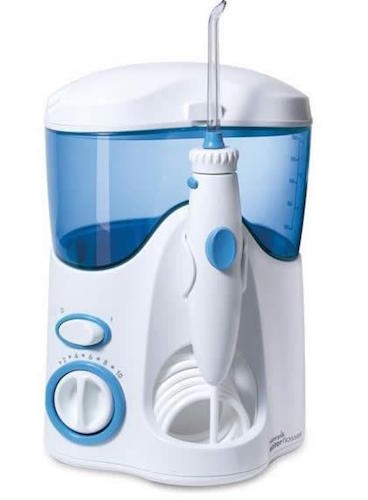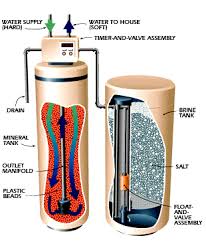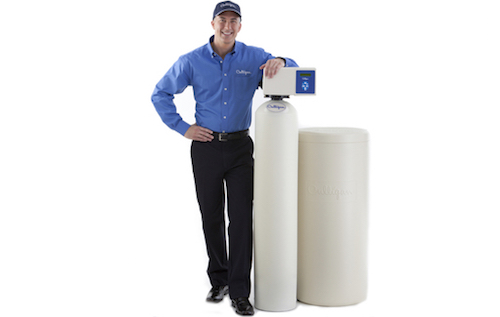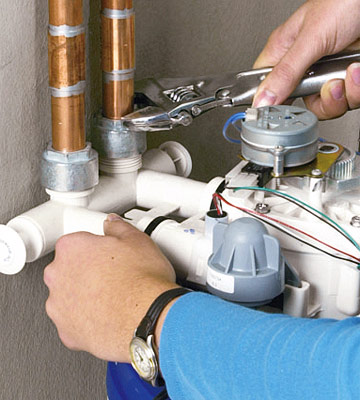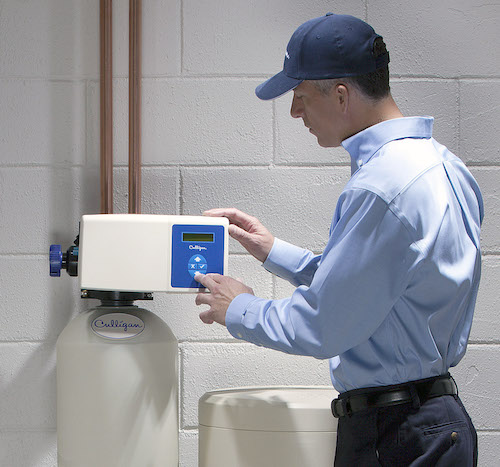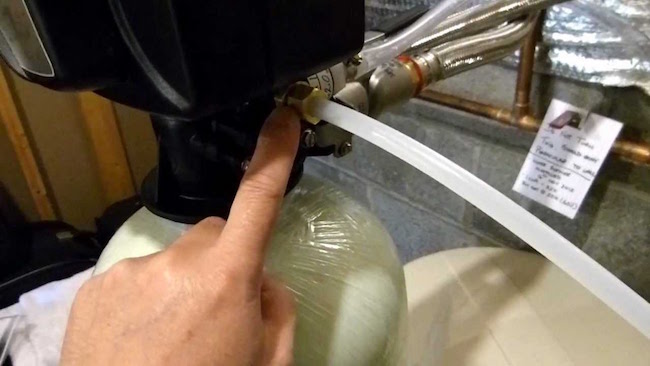We will check out the simple way to make a Pitcher of Lemon Water. Here we are dealing with regular lemon water, but they are named as the Pitcher of lemon water here. We will provide the complete process of making this lemon water product.
Water is essential for human survival, and it is said that a normal person must drink about 8 ounces of water every day.
The main content present in the lime water include anti-oxidants which help with the body maintenance. These anti-oxidants provides protection to the body, and secure the human health from any infection.

How to Make a Pitcher of Lemon Water
There are some people who are looking out for how to make a pitcher of lemon water. Not all the users will like the taste of this Lemon Water.
Find our top picks for: Water Filter Pitcher
To all the users who are excited to check out the recipe for this Pitcher of Lemon Water, we will provide this for you guys. The steps are given as follows:
- First get one bowl or a pitcher.
- Then pour about 8 cups of water into this bowl or one pitcher unit.
- Take the appropriate amount of lemons and limes, and then wash them properly.
- Cut them into thin slices in the next step
- Add all the limes and the lemons into the water.
- Mix well, and keep the bowl or pitcher into the refrigerator.
- Maintain the drink refrigerated for about 3 hours before serving the same for drinking.
- If you have got extra ingredients left, then you can place them in the fridge and use them within two days time.
So, in this manner, you can make the Lemon Water Pitcher at home, in a simple way.
Do you know the main power sources present in the lemons?
The lemons are an excellent source of:
- Vitamins A, B, C, and D
- Magnesium,
- Potassium, and
- Calcium
Yes, that’s what the lemons have got for you!
The other benefits of using lemon rich diet, for the skin, and health are listed in the following:
- It will help with curing any infections if present on the surface of your skin.
- If you are facing with an inflammatory issue or any joint problems, then using the lemons can help with reducing the pain.
- It helps in reducing the case of heart disease and keeps the body protected here.
- In case, of blood sugar, this will assist in dealing it rightly.
- Also, you can quickly rejuvenate the skin using this lemon water drink.
- It can also help with the digestion process.
Which of the above benefits were known to you before?
Indeed the lemon water is a magic drink, and the reason for it is that the procedure for making the drink is smooth, and also comes with benefits.
So, now you are well aware of How to Make a Pitcher of Lemon Water. If you enjoyed reading out our article, then do share it with your friends and your family members too. To get regular updates from our website, you need just to do a follow on WaterGadget Blog!
